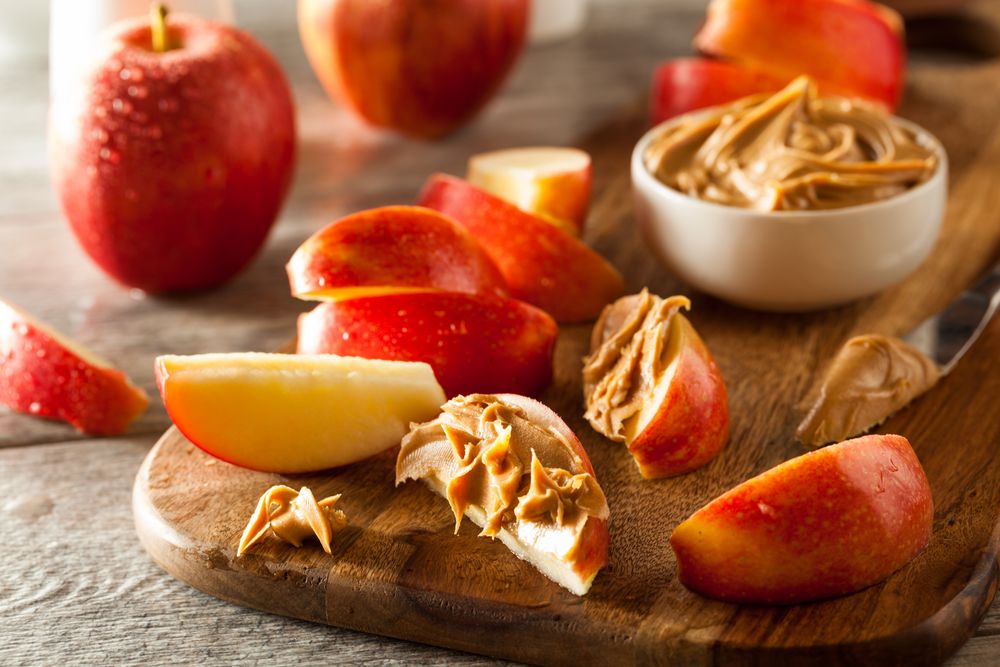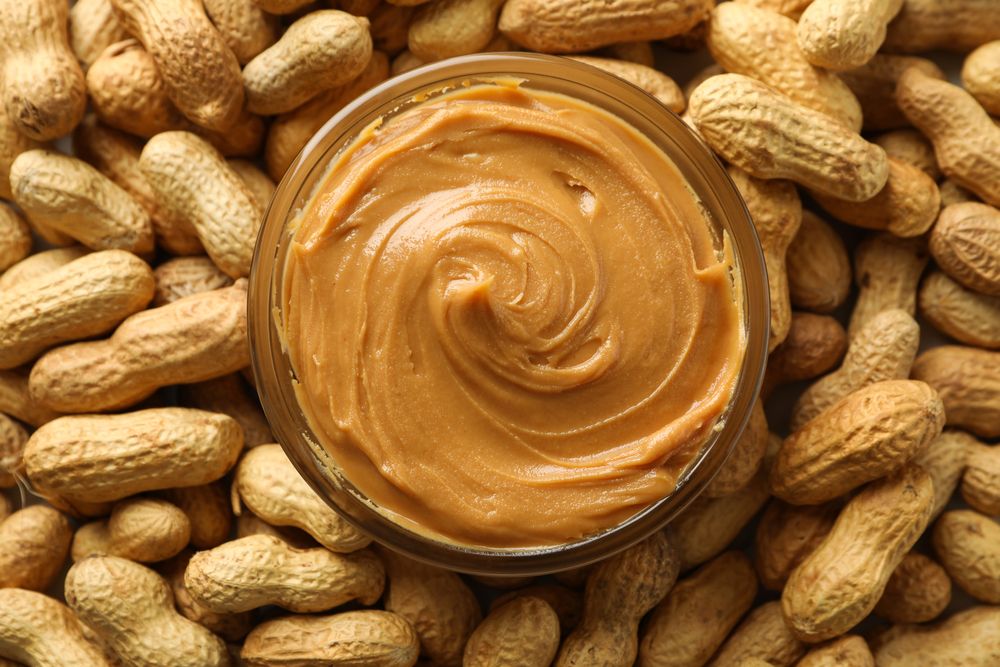If you're someone who loves peanut butter, you're in good company. Many registered dietitians frequently suggest incorporating this creamy and savory delight into your diet as a protein-rich complement to fresh fruit smoothies or as a delightful topping for rice cakes paired with sliced bananas. Just two tablespoons of peanut butter can supply approximately nine grams of protein and two grams of fiber. Nevertheless, as with anything, moderation is key. That's why we consulted with an expert to provide insight into the impact of peanut butter consumption on your waistline and to offer tips on how to savor this beloved pantry staple healthily.
Continue reading to discover more.
What can eating peanut butter do to your waistline?

Savoring your favorite foods, even the healthy ones, in moderation is essential. Amy Goodson, MS, RD, CSSD, LD, a registered dietitian and certified specialist in sports dietetics on our Medical Expert Board, explains, "Consuming excess calories from any food, particularly those high in fat like peanut butter, nuts, and avocados, can lead to weight gain and impact your waistline. Peanut butter is packed with nutrients, but it's also calorie-dense primarily due to its significant fat content. While it provides valuable monounsaturated and polyunsaturated fats, along with protein, it's crucial to enjoy it in moderate amounts."
The pros and cons of eating peanut butter:

Goodson highlights both the advantages and disadvantages of peanut butter consumption.
Caloric Excess: If you consistently consume more calories than your body needs, the surplus energy is stored as fat. Goodson cautions, "Peanut butter is relatively high in calories, so excessive consumption can result in a caloric surplus, ultimately leading to weight gain." This brings us to the next point.
Weight Gain: Peanut butter provides healthy fats, but as emphasized earlier, moderation is essential. "Excessive intake can lead to an increased consumption of both healthy and unhealthy fats, contributing to overall weight gain," Goodson advises.
Satiety: Despite its calorie content, peanut butter is rich in protein, which can promote a feeling of fullness and satisfaction.
How can you incorporate peanut butter into a healthy diet?

Maintaining a slender waistline involves introducing a diverse range of fresh, nutritious foods into your diet and adhering to moderation. Amy Goodson, a registered dietitian, exemplifies this approach, saying, "I personally consume peanut butter daily, but I limit it to around 1.5 tablespoons in my oatmeal." She emphasizes that it's feasible to enjoy peanut butter, as long as it aligns with your daily calorie requirements. While it's undeniably delicious, prudent portion control is essential. Measuring calorie-dense foods like peanut butter can be a useful strategy for calorie management."

